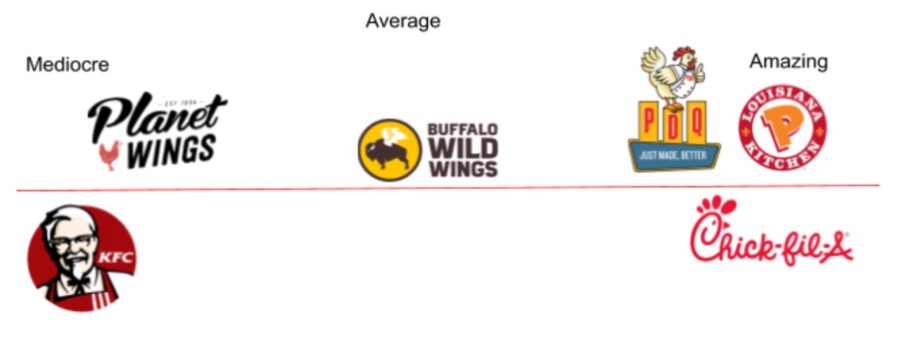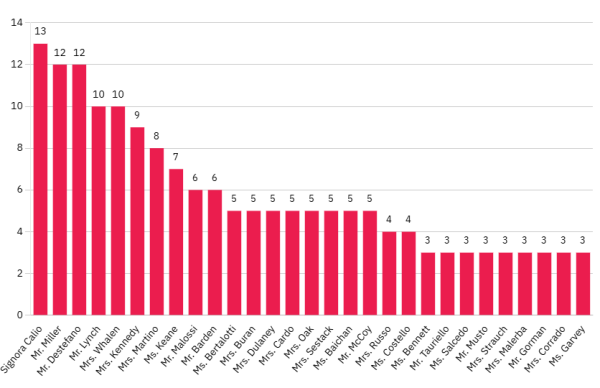Are we getting the most out of our school’s lunch?
As The Eagle’s Cry got out in the field and talked to students in the BHS cafeteria, it became clear that our school’s food tends toward the subpar, comes in small portions, and is generally unpleasant. But what is the reasoning behind this? Are the chicken nuggets real? Is the food recycled week to week? Is it something in the recipe? Is the food even prepared or made on site? These are the pressing questions we, as students, have regarding what we feed our faces on a daily basis. So reporters Michael Hanley and Ayden Morales took on the task of asking these questions to provide insight on our school’s arguably dank lunch program.
The Eagle’s Cry spoke to a beloved former cafeteria worker, who, for the purposes of anonymity, we will refer to as Radius Dinglechalk. Mr. Dinglechalk has worked in the food industry for over “seven years,” and when asked for his opinion on the served food, Mr. Dinglechalk said, “it could be better, healthier and more plant-forward.” He also claimed that students should experience, “should have a broader menu.”
Portion sizes are often an issue, as the average student is extremely hungry by the time lunch rolls around. Mr. Dinglechalk agreed with The Eagle’s Cry that “the serving size is the worst part, and the kids don’t get enough food,” and that “12 tiny chicken nuggets aren’t filling and the nuggets are not made of white-meat chicken.”
They are not made of white meat chicken? What’s that supposed to mean? What are we really eating? The storage and cooking processes of the food is relatively unknown to the average student, but thanks to Mr. Dinglechalk, we have come to find that our lunch consists of “processed foods” delivered “pre-cooked and frozen.” Dinglechalk even made claims about using “bagged, liquid cheese,” which was a horrid surprise to reporters Ayden and Michael, because cheese isn’t normally stored in plastic bags. Dinglechalk’s first-hand insight into the school’s lunch program provided us knowledge we probably didn’t need to know…but aren’t surprised by.
Studies show that a single cafeteria meal boasts only 550 to 560 calories. The average human teenage male needs at least 2500 calories to get through a day, whereas the average teenage female needs at least 2000. This information makes it very clear: our food is not nearly nutritious enough for a growing adolescent in high school. Especially for athletic students on sports teams, such small portions of food will not satisfy their nutritional needs.
Reporter Ayden Morales tracks his caloric intake, including how much he burns and consumes. An active student, like Ayden, can burn up to 3,500 calories before and after sports practice. It’s clear that a mere 560 calories won’t satiate the needs of a student.
To see the opposing side of this story, reporters Michael Hanley and Ayden Morales talked to Mr. Healy. The following is a verbatim transcript of the interview with Mr. Healy.
Michael Hanley: Do you ever eat the school lunch here?
Mr. Healy: On occasion. Not always, but sometimes.
Michael Hanley: What are your personal opinions about it?
Mr. Healy: I think the products sold here are…tasty. You also have to remember the school lunch program runs under guidelines established by the state of New York and the federal government. So, some things, like portion size for example, someone might say that the portion of chicken nuggets is too small. That is prescribed by the caloric limit that is on the lunches. Also, some items such as salt, for example, someone might say “I think the french fries are salt-less.” You see, something like salt is considered under federal standards. So it’s not like you can just put a salt shaker on the table and can shake it as much as you like there.
Michael Hanley: Have you ever gotten any feedback from the students involving the lunch?
Mr. Healy: We do have a nutrition committee, which looks at the overall lunch program. We usually meet around this time because the school year has been going. And we have some data to look at now, like how have things been for this year, we then look again at the end of the school year to see how things have been going for the entire school year. So in that sense I look to have faculty members, the school nurse, teachers, representatives from students….”
Despite what Mr. Healy says—and we thank him for the interview—not all of the data adds up, and his opinion of the food being “tasty” feels a lot farther from the feelings of the average student.
Moreover, Peter Georgatos, a sophomore at Bethpage Highschool, argued that, “the cafeteria food should at least be able to support the needs of a growing person. Also, as the week continues, the food seems to get worse in quality.”
An anonymous freshman student, actually interviewed during his lunch, added, “I can’t hate it, but I can’t love it.”
Other students decide to consume two lunches, which doesn’t help much. Although paying an extra $2.50 for another lunch meal increases caloric intake, students are still consuming less than their daily lunch requirement. And, are small school lunch portions worth the money?
Overall, students seem to be unsatisfied with both the nutrition of the meals, and the overall quality of the food. What more can be done to help students reach the normal number of calories and be happy with the food they’re provided?

Ayden Morales is a senior at Bethpage Highschool. He runs cross country, winter track, and spring track on the varsity level, and this is his first year...
Michael Hanley is a senior at Bethpage High School. He’s on the robotics team and involved with Stage Crew. He enjoys music, and you can usually catch...






